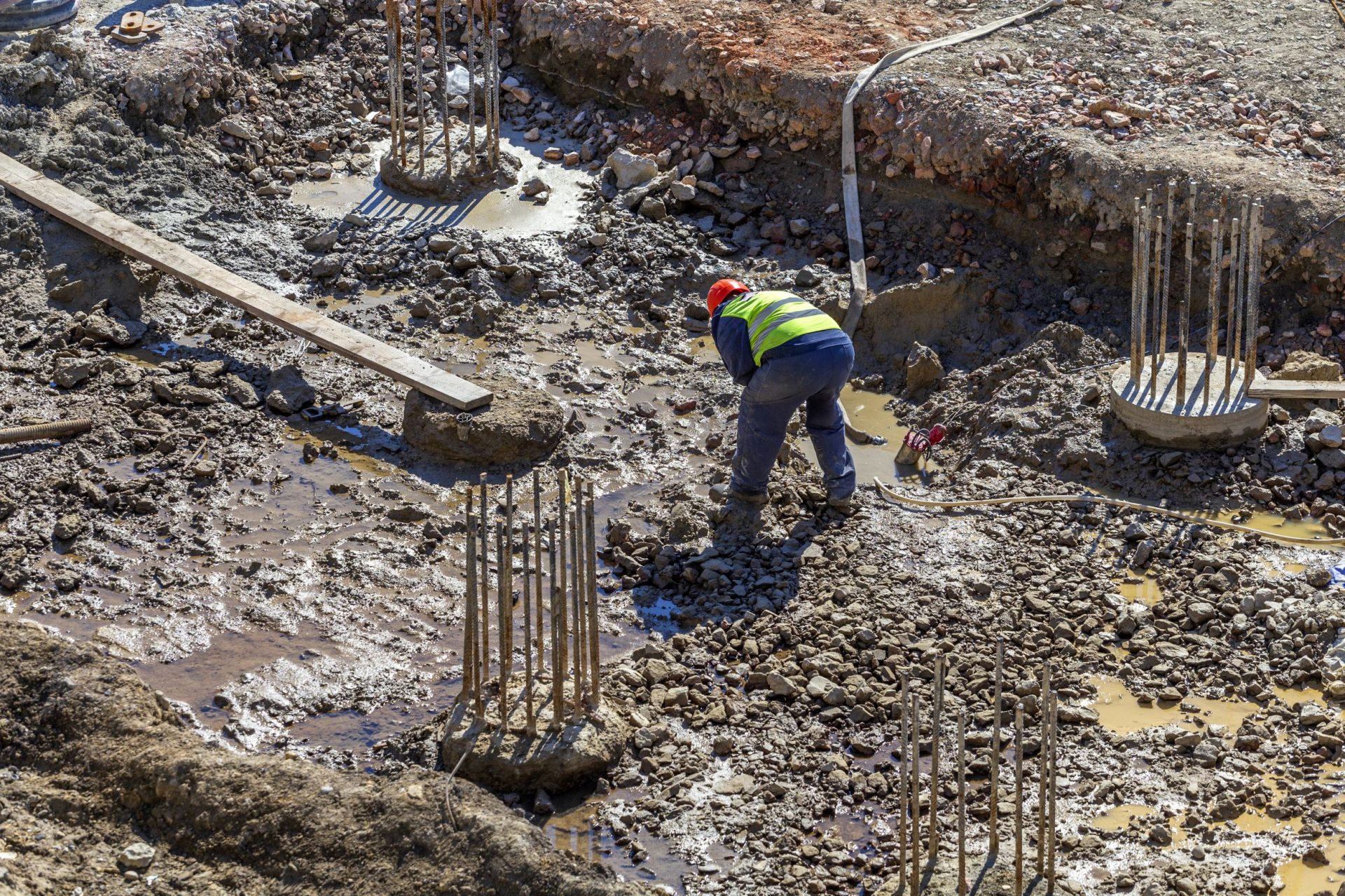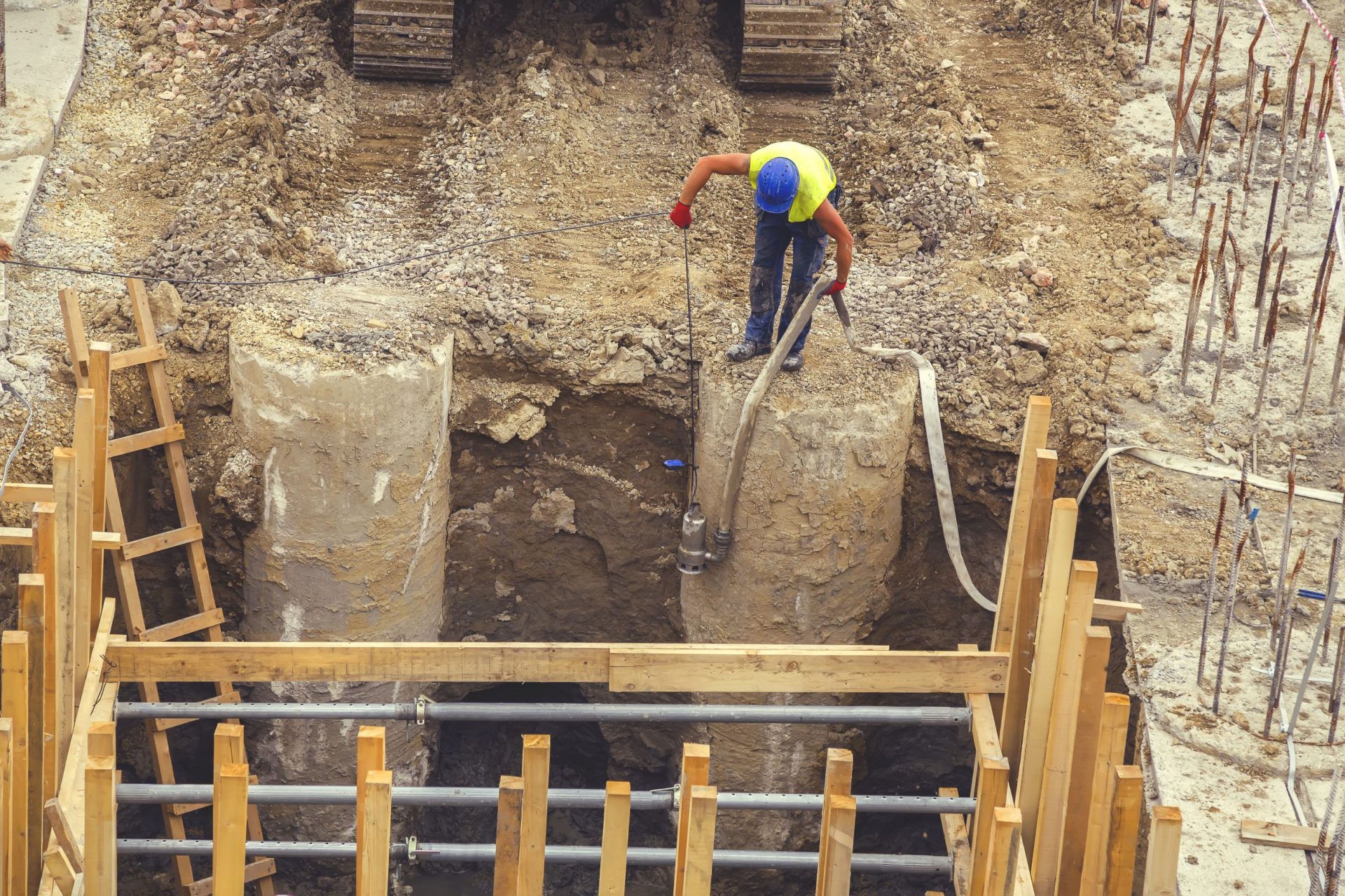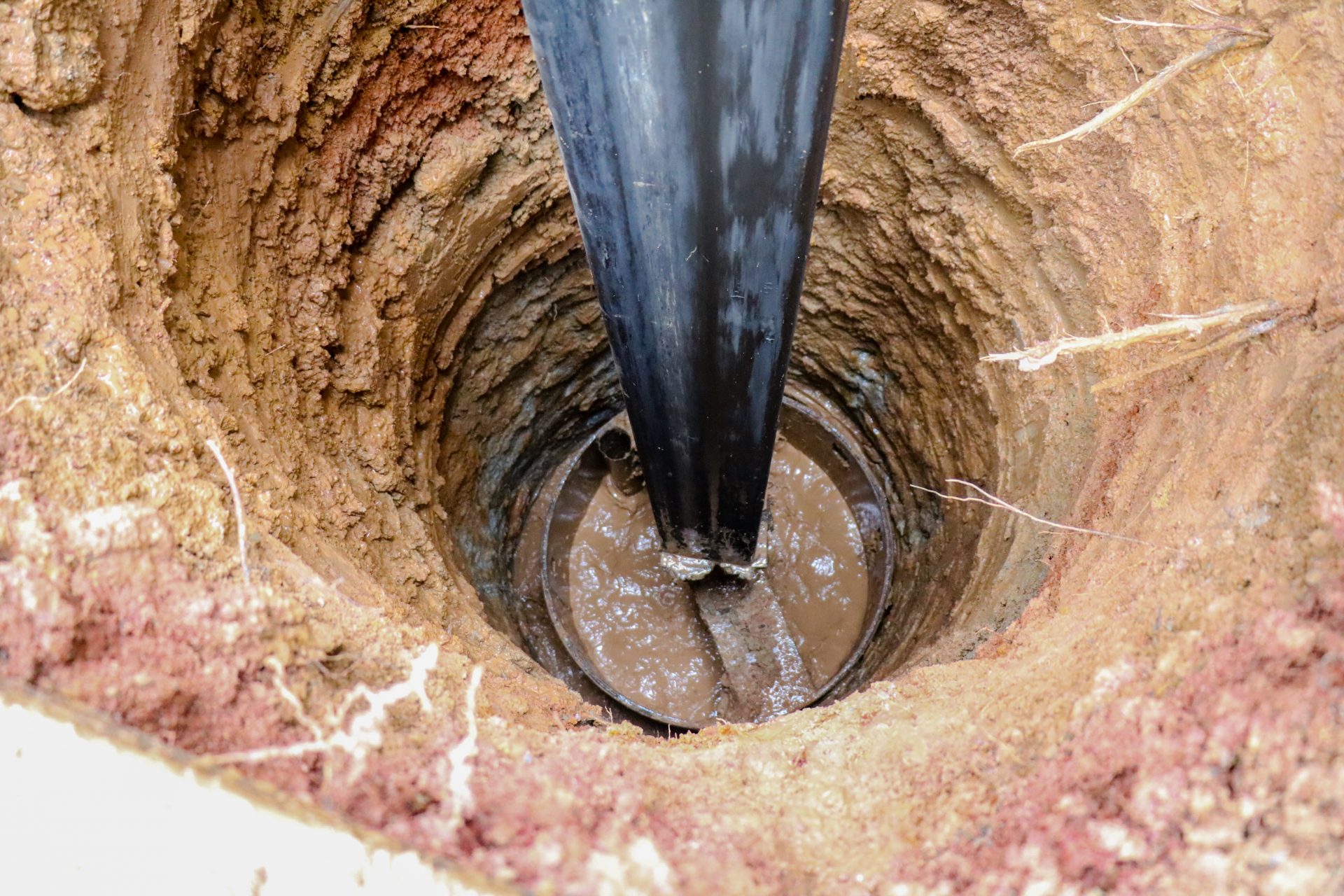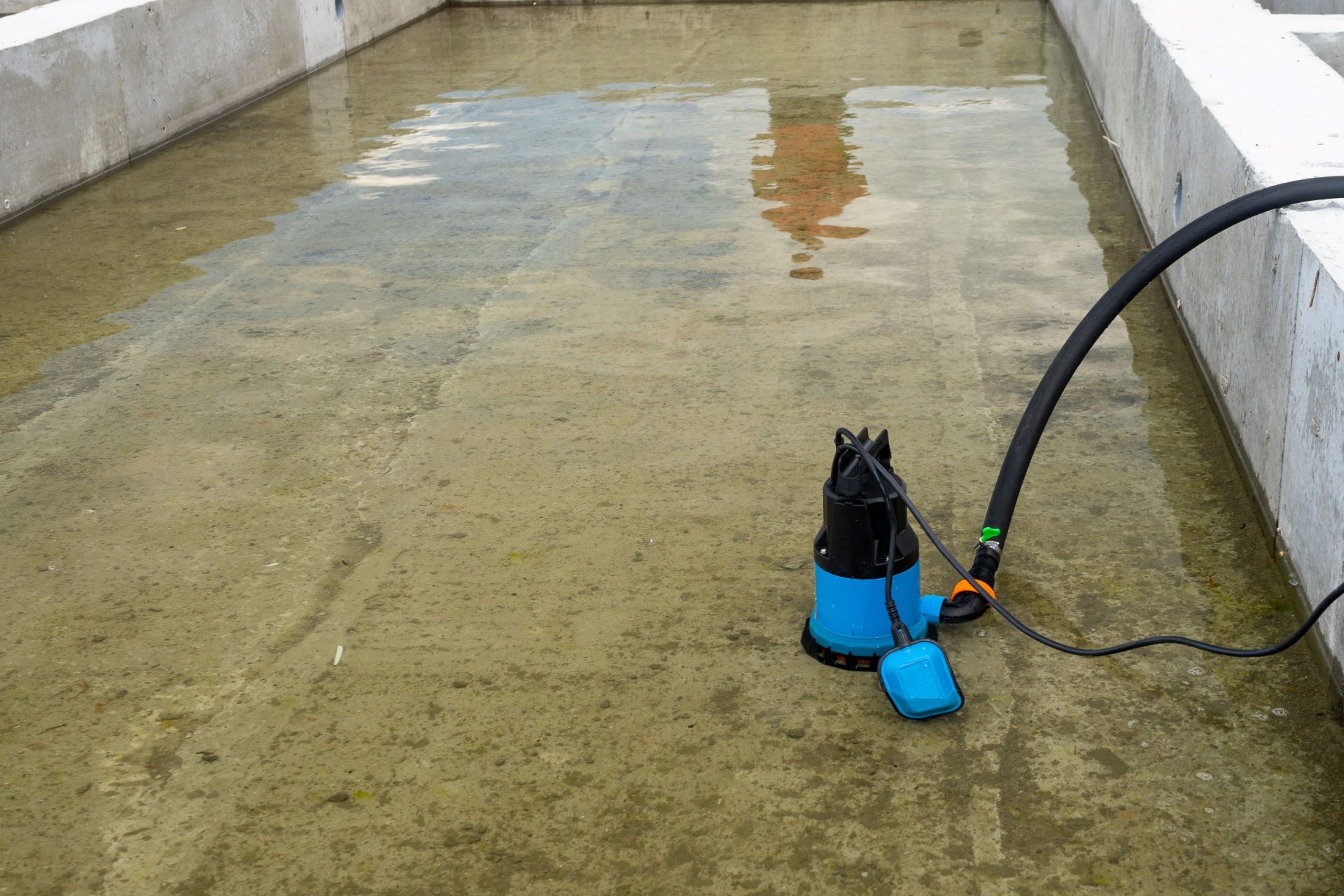Land contamination may directly or indirectly hit us big-time if left disregarded. Food security and human lives are all dependent on land’s health. Thankfully, ways to protect it, like how we safeguard our air and water from pollutants, is established.
People are now realizing the importance of land contamination assessment and site validation. It’s good idea to assess the land first for contaminants before buying it. Do you know what’s lurking beneath your prospect property? Does it have nasty pollutants that can make you sick? Is it really – safe? Land contamination may sound scary but is always manageable if you find the right help.
PredictSite by Intrax can help simplify this for you by providing accurate site classification, even the estimated depth of topsoil, collected from 130,000 sites around Eastern Australia, in a matter of hours, not days. Our database and geotechnical engineers can provide you with site classification estimates across East and South Australia.
Dewatering FAQs
What does dewatering mean?
Dewatering is a process of removing the surface water or lowering the groundwater level in an excavation area before any construction work begins.
In simple words, dewatering makes your construction site more suitable for building any structure by removing the excess water present in the area. It’s mostly needed in a wet classification soil, where the moisture in the soil can add to various construction problems at the excavations.
Using different pumps or filtering techniques, the construction teams dewater the area and apply the appropriate material to block further groundwater seepage into its foundation.
What is the purpose of dewatering?
Dewatering is an essential process that takes care of it on any construction project. A beautiful building like a skyscraper or a house can weather a time-damage only when it has a strong foundation. The key-purpose of dewatering is to protect the foundation of a building from groundwater seepage and damage. It lowers the water-table at the construction site of your building and keeps the ground dry and stable.
Why is dewatering important?
Dewatering is essential when you have to construct a foundation below the water table level. Especially when it’s about those large construction projects, like shopping malls with three basement parking levels, dams, bridges, or powerhouses, the need for a firm working condition becomes paramount. Dewatering activities help to ensure optimum construction work conditions.
Dewatering benefits you by preparing the soil for excavation. It sets up the areas a strong and dry foundation and also maintains good water table stability in the girth. Further, it prevents soil erosion on the construction site.
What is a Wellpoint system?
A Wellpoint system is a dewatering process in which a series of small-diameter wells are drilled using an augering or rotary drilling machine on the construction site. A header pipe connects these wells to a centrally located suction pump to draw water from the ground up to a depth of 6 meters.
This technique is mainly useful for trenching excavations. It’s installed into the ground at close centres to form a line alongside the excavation area. Experienced groundwater engineering personnel can easily plan and supervise the installation of this system. It lowers the groundwater levels and improves the working conditions of shallow excavations.
How do you dewater soil?
Dewatering is all about controlling the groundwater at the construction site and making the soil dry and stable. You can dewater soil by using various dewatering methods with different kinds of pumps like:
- Submersible pumps,
- Centrifugal (“trash”) pumps,
- Eductors or Ejector supply pumps,
- Vacuum pumps in Wellpoint dewatering system

Methods of Dewatering
Based on the type of construction work, there are different dewatering methods or techniques that you can adopt. The four commonly used dewatering methods include:
- Open Sump Pumping
- WellPoint Dewatering
- Deep Wells Dewatering System
- Ejector Dewatering System
What is Open Sump Pumping?
It is one of the simplest, cheapest, and most effective dewatering methods. In this dewatering process, drains and sumps (a hole) are constructed at one or more corners of the foundation pit (deeper than the basement construction) to collect groundwater. Then, by using submersible pumps, the water gets pumped away for disposal.
This slump pumping method is useful for most soil and rock conditions in Australia.
What is Wellpoint Dewatering?
This easy-to-install method is helpful under most soil and hydrologic conditions. During this process, wells are drilled around the excavation area to pump out groundwater. Under this system, the series of wellpoints with riser pipes are connected by a header pipe to a centrally located suction pump. The vacuum generated by the pump sucks water out of the ground, while the ball valve fitted in pipes regulates the flow of water.
This groundwater engineering is mostly beneficial for buildings with the basement as it lowers groundwater levels by about six metres.
What is the Deep Wells Dewatering System?
This dewatering technique is useful when you need to drain out water up to 24m depth. When it’s about deep excavations for a large construction site, you need a large quantity of groundwater removed. This system of constructing deep wells in soil or rocky conditions (preferably in areas with moderate-soils, e.g., sands or gravels) helps you pump-out the required groundwater efficiently.
What is the Ejector (educator) Dewatering System?
This method is useful in those soil conditions where both the WellPoint system and deep wells system don’t work. In low permeability soils like silty sands, slits, or clay, the educator well systems stabilize the side slopes and the soil in the excavation area. Unlike wellpoints, it uses a much higher pressure of water in the riser units.
Under this method, you drill arrays of wells around the excavation area like a wellpoint system. Then the ejector high-pressure supply pumps, installed at the base of each well (up to depths of 150 metres), ejects groundwater through the ejector nozzle generating a vacuum in the well.
Site classification services can help you a lot with understanding the soil and choosing the right dewatering techniques.
Construction Site FAQs
What is dewatering in construction?
Instability or erosion is the biggest issue that affects any large construction site. Dewatering in construction is not just about protecting the building from water damage. It’s also about protecting the workers, labourers, machinery, and environment from erosion or instability.
It’s the best management practice when water is being pumped to water bodies in the vicinity, wetlands, or directly to storm sewer inlets from construction sites.
What is Slope Dewatering?
The instability of pit walls of opencast mines, waste dump slopes and trailing dump slopes – costs man, machinery, and money. Slope dewatering solves this geotechnical engineering issue by stabilising slopes at construction sites.
The dewatering activities are done based on studying;
- The rock conditions
- The inclination of a slope
- The ground water conditions
- And stress on a slope

Groundwater FAQs
What is a dewatering pump?
It’s a centrifugal pump (similar to a front-loading washing machine) that helps dewater groundwater at construction sites, tunnels, and mines. Mostly, you install it in the building below the groundwater level to reduce its level and maintain it at a specific limit.
How does a dewatering pump work?
To know how a dewatering pump works, you need to remember first its four common types.
- Submersible pumps – These pumps are fully or partially submerged in the water. They can handle smaller abrasives like sand, small stones, and clay while dewatering. It pushes water to the surface through a discharge pipe by converting rotary energy into kinetic energy and pressure energy. It’s ideal for heavy-duty dewatering works with gritty material in water.
- End suction pumps – These centrifugal pumps are placed above the surface with a long suction pipe into the water. Its rotating impeller creates a whirlwind sucking the air out of the hose and bringing the water up. It’s the best type of dewatering pump when you need a suction lift below 25 feet.
- WellPointing piston – It’s a type of positive displacement pump used in wellpoint dewatering systems. It canmove thick fluids and slurries, as well as abrasives, in a construction site. It’s best for those excavation areas where the groundwater level is close to the surface.
- Trash pumps – This type of pump helps in sucking dirty water clogged with mud, sand, or other debris at a construction site. This standard centrifugal pump runs on diesel, petrol, or electricity and has deeper impeller veins and larger discharge openings. The high-speed, spinning action separates the contaminants before ejecting the filtered water in the water bodies.
Which pump is best for removing deep pools of standing water?
A submersible pump is the best option for removing deep pools of standing water. However, consider factors like
- What type of power you have – three-phase or single phase
- The volume of water you need to move
- The flow rate of water
- How high you need to lift it
- Whether it needs to handle dirt or other solids (in that case, use a trash pump)
- How much you are willing to spend
In short, for a small job, submersible pumps are the best, convenient, and cheaper.
Construction Dewatering FAQs
What is dewatering in civil engineering?
It is an artificial means of removing groundwater or surface water to create a favourable condition for any construction site. It’s done before excavation to lower the water table that might cause construction problems. It controls the hydrostatic pressure and groundwater seepage by increasing the stability of excavation slopes.
What is the difference between a Wellpoint and a borehole?
Wellpoint
A Wellpoint contains a polyethylene pipe with a filtered suction end that pumps water through a surface-mounted centrifugal pump. It’s suitable for a depth of no more than 15 metres in the ground. It’s a piece of portable equipment, best for a portable water source. It’s also cost-effective and quicker to install (1day).
Borehole
A borehole is a shaft that reaches the water in the ground to the depths of 20 metres or more and allows installing submersible pumps. It requires extensive work in installation and even takes more than a week for it. It’s useful when many households and communities want to be self-reliant. It provides easy access to water at all times, even during droughts.
Both have their respective applications depending upon the need of your household or business.

You need dewatering to protect your homes, buildings, etc., after construction. It extends the life of a property and maintains groundwater levels, and protects your men and machinery at construction sites from untoward mishaps.
To choose the right dewatering techniques, you must have proper site classification information with you. Reach out to us today at PredictSite by Intrax for getting an accurate site classification for your dewatering needs.
